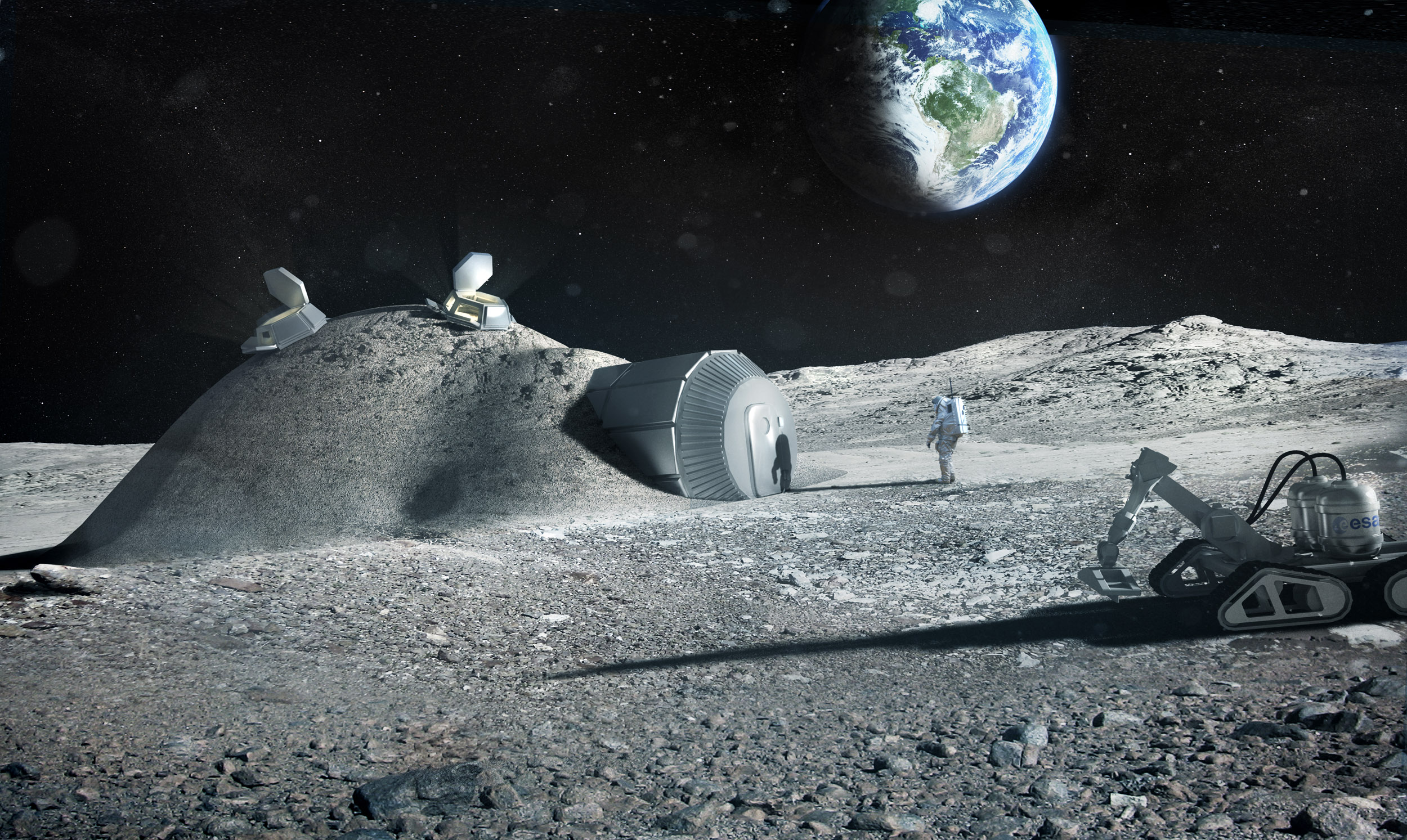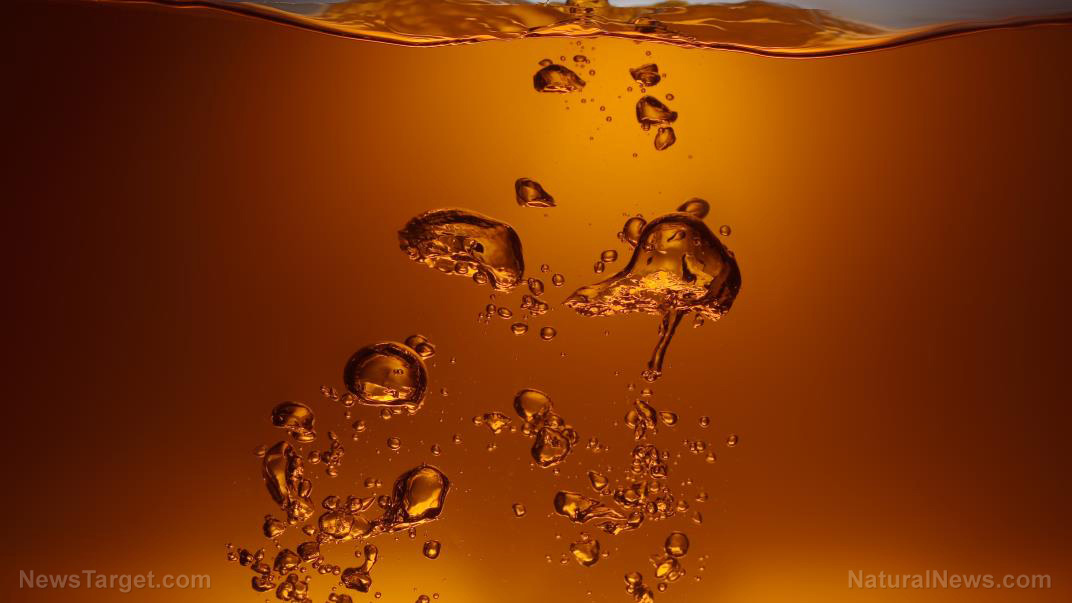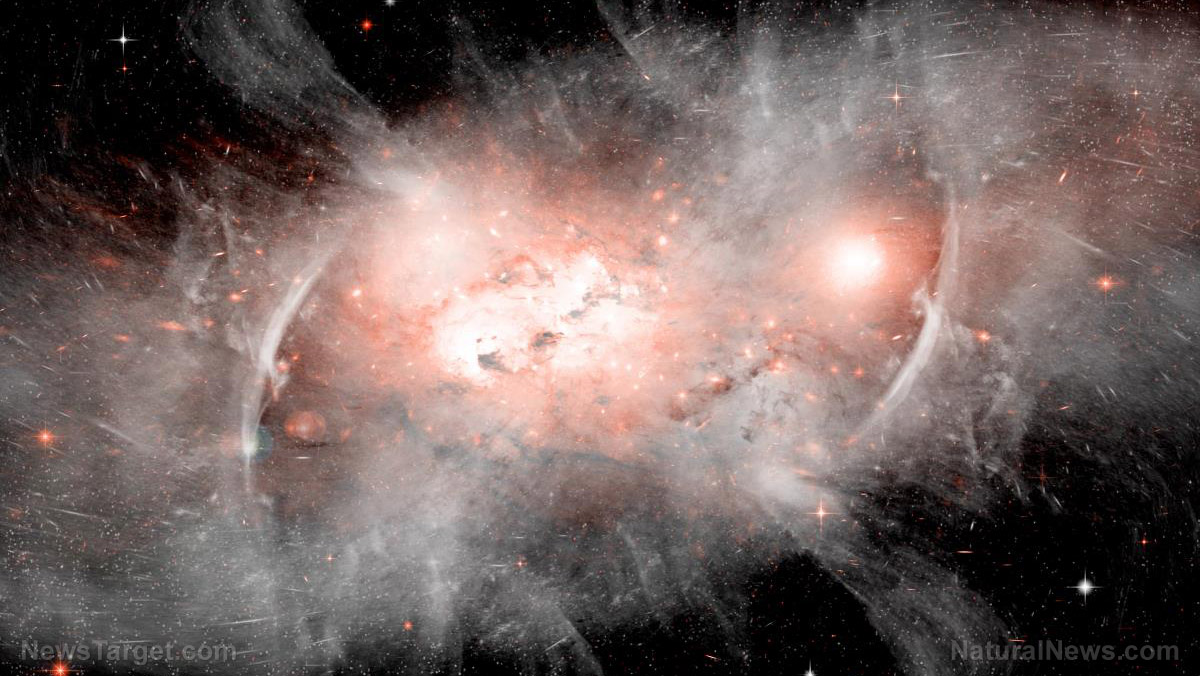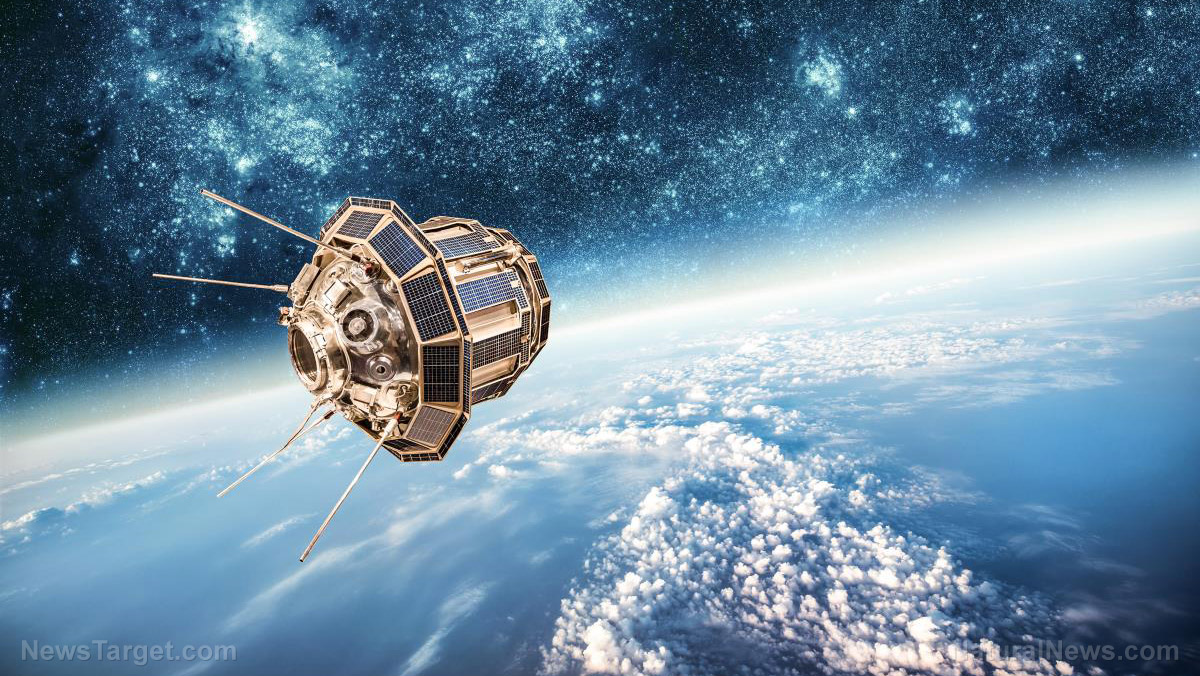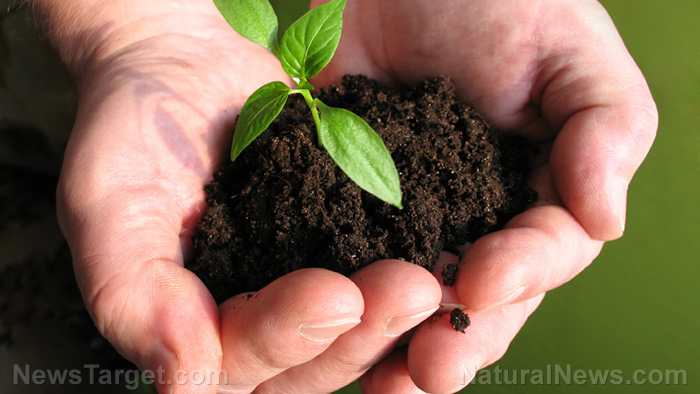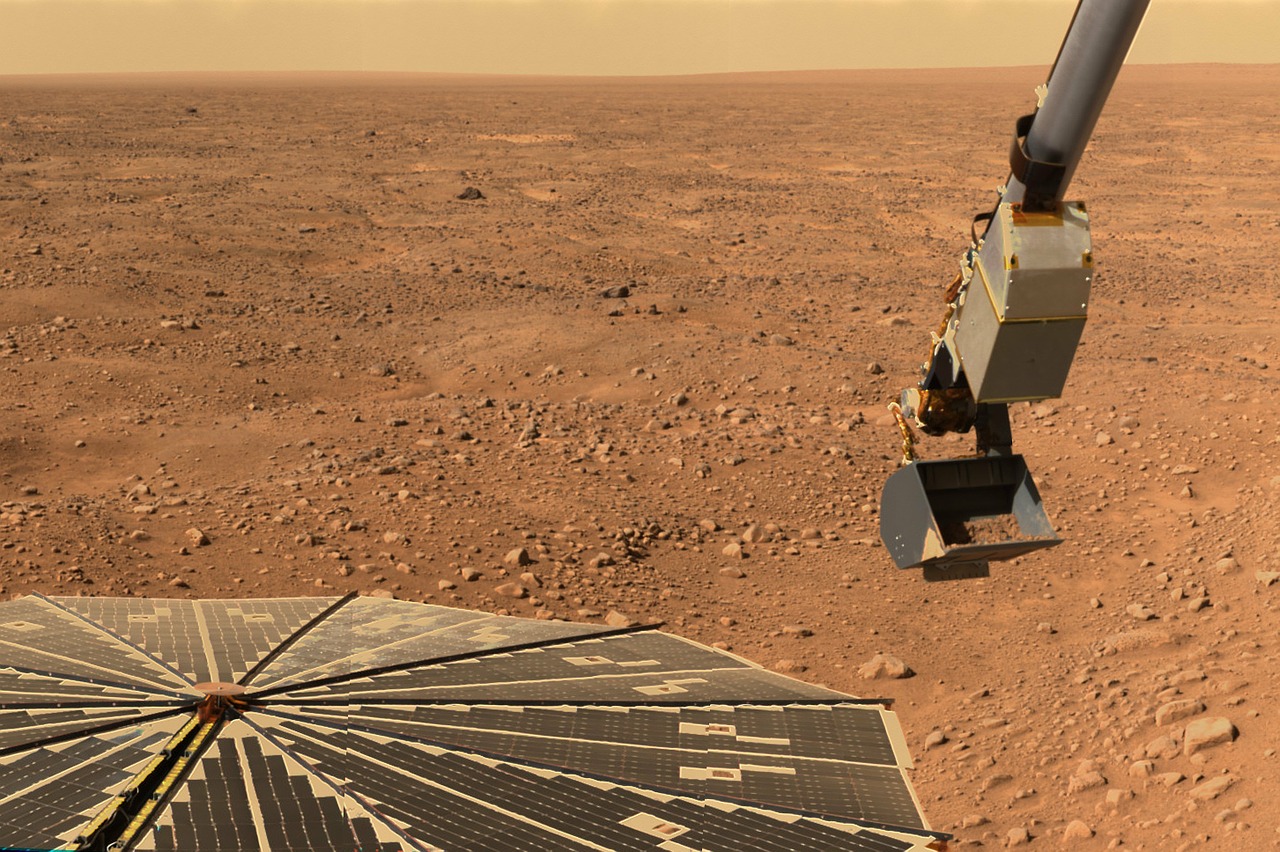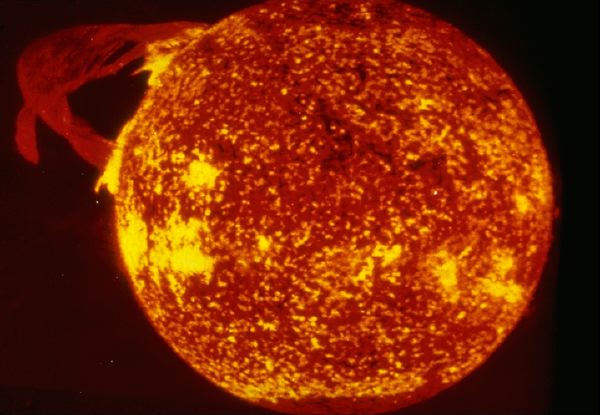NASA starts space study to see if sperm can still function in weightless environments
05/11/2018 / By David Williams

Do sperm squirm the same way in space? That’s an interesting question that’s posed by the leading scientists at the National Aeronautics and Space Administration (NASA), which aims to learn exactly how sperm will function when placed out in space. To conduct this highly serious research work, NASA’s scientists have gone back to the basics of reproductive health in order to fully understand all the matters at play. More specifically, they haven’t just started studying sperm in isolation. Rather, they have looked into what would happen between a sperm and an egg if they were to unite out in space.
The space agency is said to be in the middle of a comprehensive mission on the International Space Station (ISS) called Micro-11, which aims to look into how sperm gets affected by weightlessness in space. In charge of this investigation is NASA’s Ames Research Center, which is located in California’s Silicon Valley. It is said that very little is known about the science of reproduction in space, and that the Micro-11 mission is expected to shed some light on the subject for the very first time. To be more specific, the experiments are going to measure how well human and bull sperm functions in space.
In a post on its official website, the space agency mentioned that studying reproductive biology and all the matters that are related to it in space can be useful because microgravity can have certain effects that simply won’t be present on Earth, where the normal rate of gravity is perceived by the human body.
In mammals, fertilization typically occurs when a sperm cell manages to swim all the way toward an egg and successfully fuses with it. However, before this successful fusion can happen, there are a number of different things that need to happen first. In previous experiments, where researchers used sea urchin and bull sperm, there was evidence to suggest that sperm activation happens a lot more quickly in microgravity, while the steps leading up to fusion happen a lot slower, if at all. Such delays or slow-downs could effectively nullify the entire process altogether in space. And this is what scientists are looking to avoid, if possible. (Related: How space flight makes you flighty: A look at how weightlessness changes astronauts’ brains.)
Many mini space men
According to the space agency, the two types of mammalian sperm to be tested – human and bull sperm – are going to be sent to the ISS as frozen samples. As far as bull sperm is concerned, scientists have already noted that it shows similar changes in movement and other markers of fertility as human sperm. But in the case of human sperm in particular, there can be more variance in both appearance and motion. For this reason, they will rely on the measurements of bull sperm in order to provide some quality control for their research. This should help them detect subtle differences in sperm from both samples.
Once the frozen samples arrive at the space station, it is said that an astronaut crew will thaw them out and proceed to add chemical mixtures to them in order to trigger activation of sperm movement. Researchers back here on Earth will be relying on video footage to study the movement of the samples. They will likely continue conducting experiments until such time that they finish gathering all the results that they need.
Read more about NASA’s latest scientific experiments in Space.news.
Sources include:
Tagged Under: astronauts, egg, fertilization, Gravity, Micro-11, microgravity, NASA, reproductive health, reproductive system, space missions, space sex, space shuttle, space station, Space study, sperm, sperm function, weightless environment

